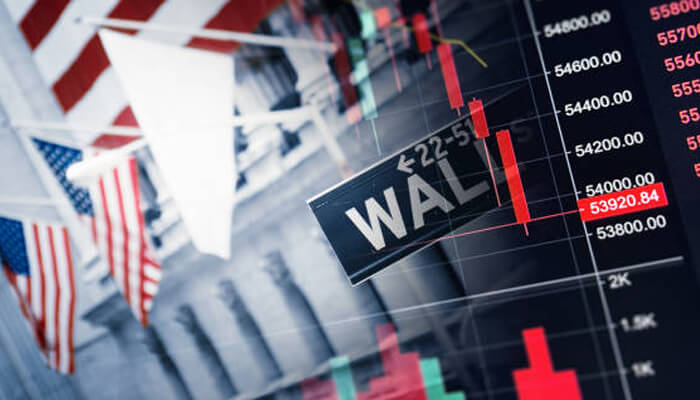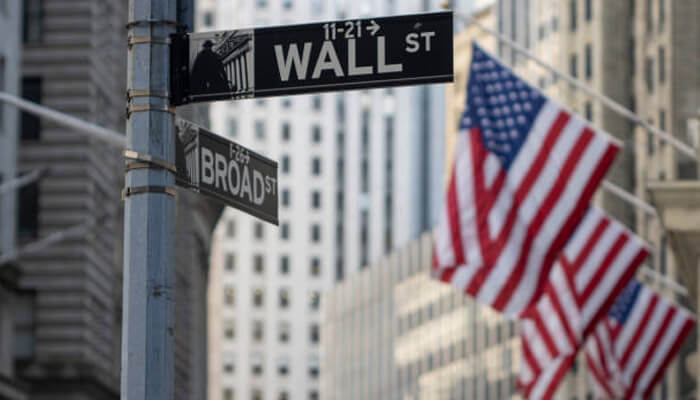The newest indication that investors are growing more positive about the potential of a “soft landing,” i.e. no recession, is the increase in cyclical companies, which typically rise and fall with the economy.
This month, the Dow Jones Industrial Average index outperformed both the S&P 500 and the Nasdaq Composite, rising 3.2%. The blue-chip index reached its highest level since February 2022 on Wednesday and recorded its longest daily winning streak since 1987.
Gains on the Dow indicate that investors are beginning to purchase more economically sensitive stocks as recent data indicates a slowdown in inflation. That in turn suggests they’re growing more confident the economy will avoid going into a recession.
According to conventional Wall Street knowledge, blue-chip index gains typically come before the market rises as a whole. The surge also provides fresh evidence that investors are now purchasing equities outside of the Big Tech sector.
The one thing this market has lacked all along is the breadth, so it’s fantastic to see some of it now, according to Adam Phillips, managing director of portfolio strategy at EP Wealth Advisors.
This year, the 20-stock Dow Jones Transport Average Index, which includes railroad, trucking, airline, and freight industries, has increased by 24%. That has beaten both the broad S&P 500 index, which has increased 19%, and the blue-chip index, which is up 7%.
That’s encouraging for the economy because it shows that even as the Federal Reserve tightens financial conditions, consumers are still spending money on vacation and other items.
Shares of shipper Old Dominion Freight Line increased by 14%, truck rental business Ryder System surged by 16%, and railroad Union Pacific Corporation gained about 16% this month.
Investors aren’t yet out of the woods, though. On Wednesday, the Fed increased interest rates by a quarter point while leaving open the potential of another rate increase this year.
Additionally, several market signs point to the possibility that a recession is still looming. The recession risk model developed by the New York Federal Reserve, which monitors the difference between 3-month and 10-year Treasury yields, predicts that 67% of the US economy will experience one by June 2024.
Rates Are Raised By A Quarter Point By The Fed.
According to my colleague Bryan Mena, the Federal Reserve increased its benchmark lending rate by a quarter point on Wednesday, bringing interest rates to their highest level in 22 years.
The central bank has increased rates 11 times since launching its vigorous anti-inflation drive last year. Following the failure of three regional banks earlier in the year, the Fed stopped hiking rates last month to evaluate the strength of the economy.
The most recent set of forecasts from the Fed indicates that one more rate increase is anticipated this year.
“The Committee will take into consideration the cumulative tightening of monetary policy, the lags, and other factors in determining the extent of additional policy firming that may be appropriate to return inflation to 2% over time.”
“In determining the extent of additional policy firming that may be appropriate to return inflation to 2% over time, the Committee will take into account the cumulative tightening of monetary policy, the lags with which monetary policy affects economic activity and inflation, and economic and financial developments,” the Fed said in its statement.
Petrol Costs Are Rising.
According to my colleague Matt Egan, petrol costs are skyrocketing.
According to the American Automobile Association, the average price of a gallon of standard petrol in the United States reached an eight-month high of $3.71 on Thursday. The gain on Wednesday was the most in a single day since last June.
“We’re seeing a sudden jolt,” said Patrick De Haan, GasBuddy’s head of petroleum analysis.
Some of the factors driving rising prices include supply curbs by OPEC and Russia, excessive heat that has shut down oil refineries, and optimism about the global economy’s health.
Petrol prices are still lower than they were last summer when Russia’s invasion of Ukraine caused energy prices to rise.
However, an increase in energy prices might cause problems for both cash-strapped consumers and the Federal Reserve, which is battling to keep prices low.



